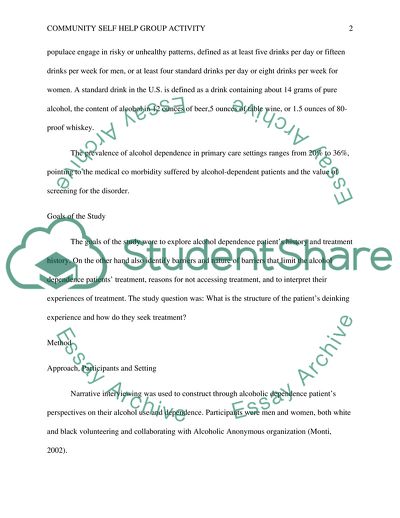Cite this document
(Community Self Help Group Activity Assignment Example | Topics and Well Written Essays - 1250 words, n.d.)
Community Self Help Group Activity Assignment Example | Topics and Well Written Essays - 1250 words. https://studentshare.org/psychology/1819003-community-self-help-group-activity
Community Self Help Group Activity Assignment Example | Topics and Well Written Essays - 1250 words. https://studentshare.org/psychology/1819003-community-self-help-group-activity
(Community Self Help Group Activity Assignment Example | Topics and Well Written Essays - 1250 Words)
Community Self Help Group Activity Assignment Example | Topics and Well Written Essays - 1250 Words. https://studentshare.org/psychology/1819003-community-self-help-group-activity.
Community Self Help Group Activity Assignment Example | Topics and Well Written Essays - 1250 Words. https://studentshare.org/psychology/1819003-community-self-help-group-activity.
“Community Self Help Group Activity Assignment Example | Topics and Well Written Essays - 1250 Words”. https://studentshare.org/psychology/1819003-community-self-help-group-activity.


